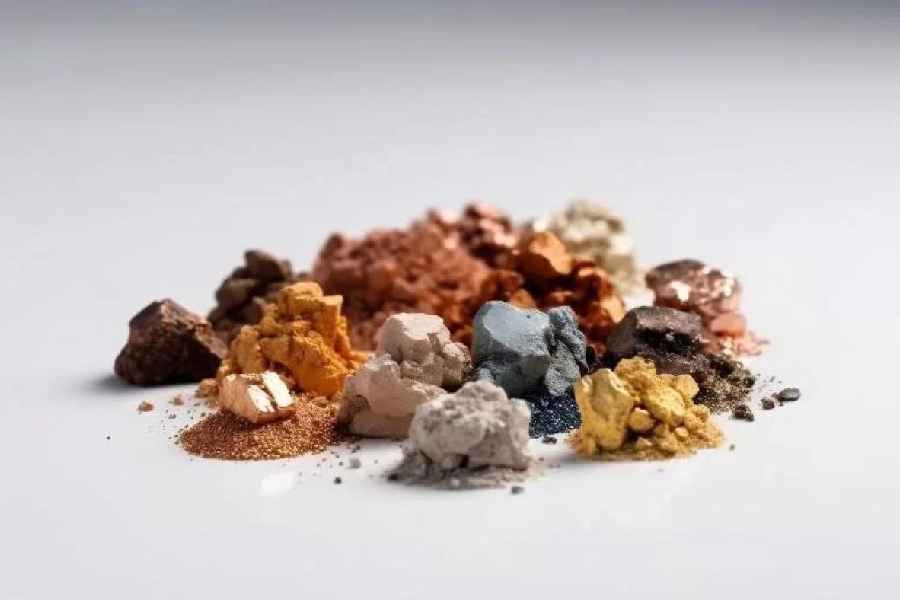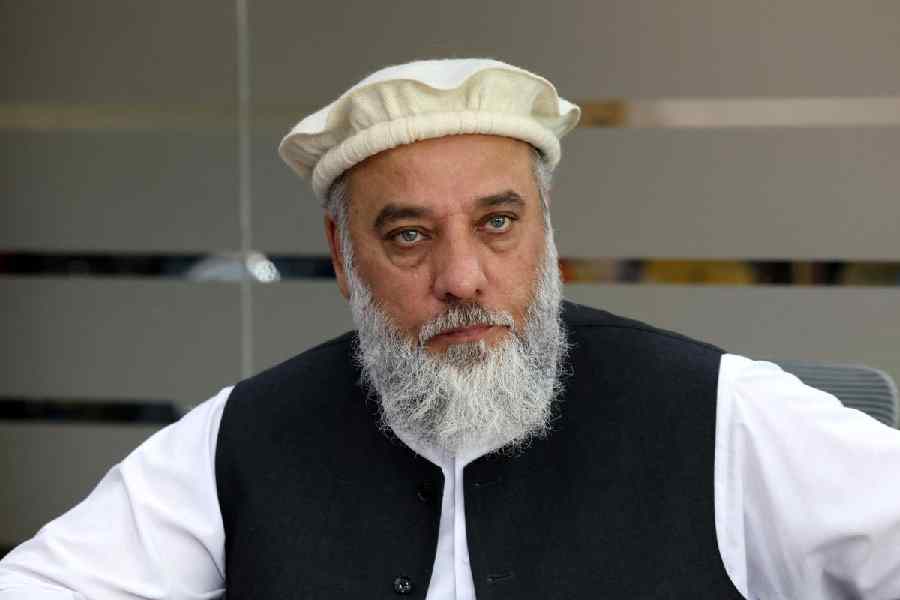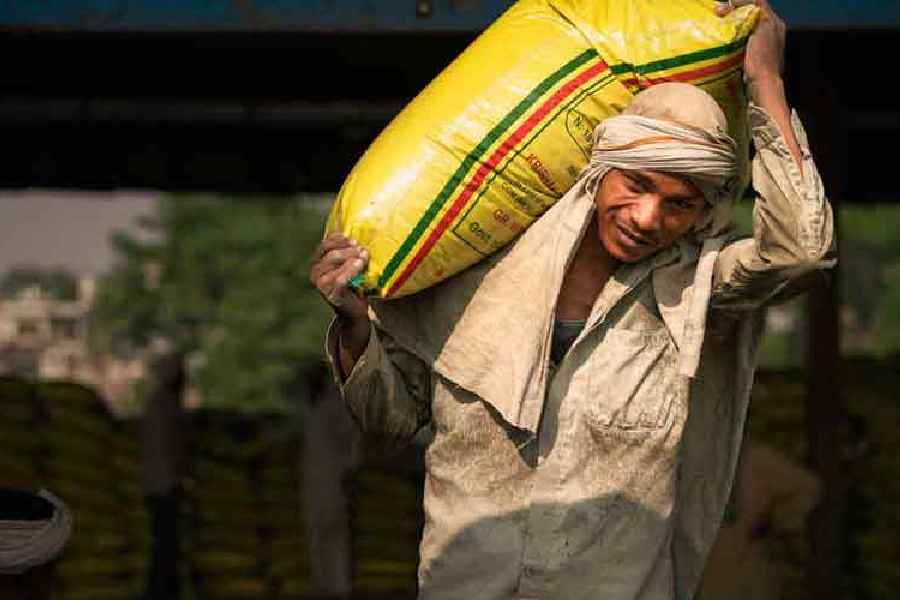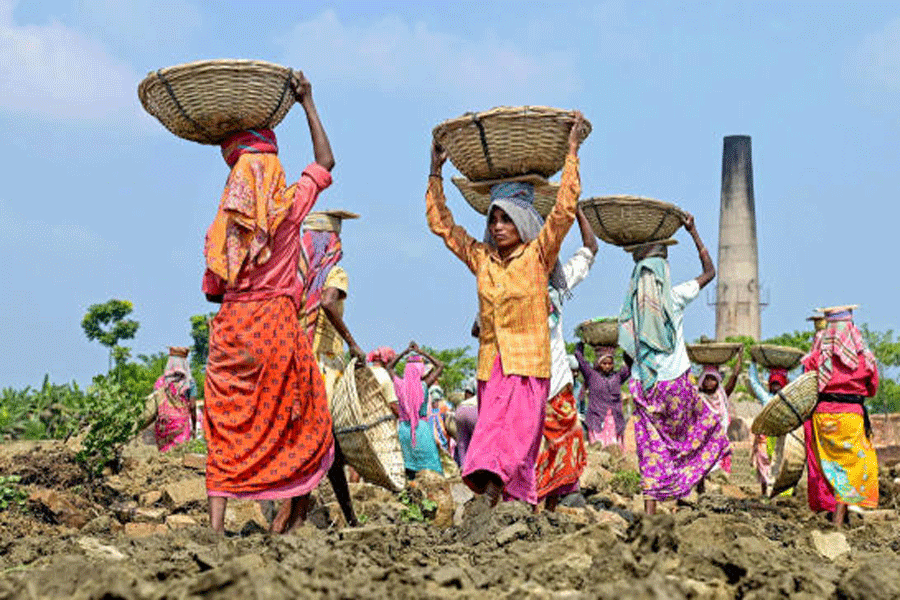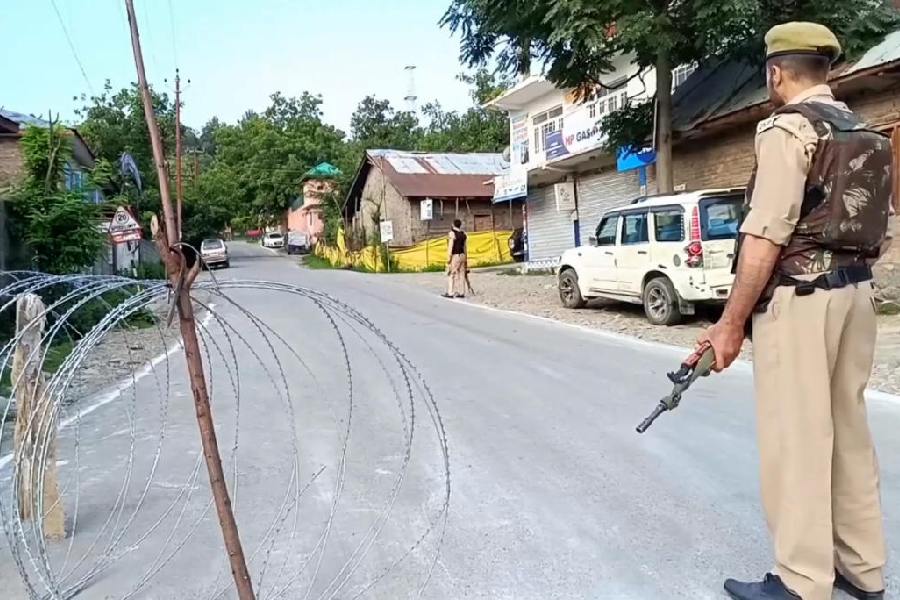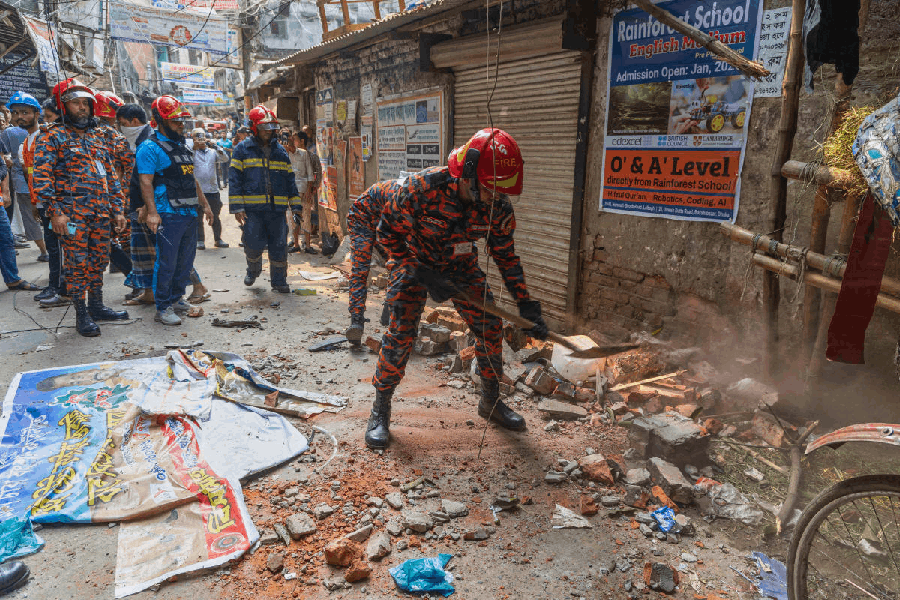A group of 17 obscure elements has become the centrepiece of a quiet revolution in the high-stakes arena of global technology and energy. Rare Earth Elements power everything, from the smartphone and the electric vehicle to the guidance systems of advanced defence missiles and the generators of wind turbines. For decades, the global supply of these critical minerals has been dominated by China. India, however, is an emerging protagonist.
India is endowed with an estimated 6.9 million metric tonnes of proven REE reserves. Coastal stretches in Kerala, Tamil Nadu, Andhra Pradesh, Odisha and West Bengal are rich in monazite sands, which account for nearly 75% of REE reserves. These sands, of viable rare earth oxide grade, provide a ready feedstock for a domestic processing industry. Subsurface explorations have also revealed promising traces of Heavy Rare Earths in carbonatite complexes in Rajasthan. Furthermore, an unconventional but massive resource lies in the fly ash from India’s coal-fired power plants. Over 160 million metric tonnes of this ash generated annually contains recoverable REEs.
India’s weakness has not been in mining but in the complex, value-added process of separating these tightly bound elements and manufacturing end-products. The Government of India’s National Critical Mineral Mission has these limitations in renewed focus, with the Indian Rare Earths Limited, a public sector unit, expanding its separation capacity in Tamil Nadu. But the real game-changer is the active promotion of public-private partnerships. Under the Production-Linked Incentive Scheme, consortia like Tata Chemicals-IIT Madras are being funded to establish pilot plants for advanced separation techniques. India’s research ecosystem is also buzzing with innovation. From developing genetically-engineered microbes, selectively extracting REEs from low-grade ores, to pioneering hydrometallurgical recycling of end-of-life magnets and lamps, Indian laboratories are focusing on green and sustainable extraction methods.
India has astutely woven critical minerals into its diplomatic fabric. The Quadrilateral Security Dialogue has a critical minerals partnership and this framework is already delivering tangible outcomes. Australia is co-funding joint exploration and processing projects in Odisha; the United States of America is supporting advanced research programmes in Indian labs to optimise processing and minimising environmental impact; Japan has pledged investment to establish large-scale magnet manufacturing facilities in India.
To catalyse private investment, the government has undertaken significant regulatory reforms. Approval timelines for mineral concessions have been slashed and a suite of fiscal incentives, including royalty rebates and tax benefits, has been introduced. Environmental regulations have also been rationalised to facilitate integrated waste management within mining zones. A specialised National Curriculum for Critical Minerals Engineering has been launched across premier institutes. Partnerships with global universities like Japan’s Tohoku University are ensuring that India’s next generation of engineers is trained at the cutting edge of this specialised field. With global REE demand projected to grow at 9% annually, India aims to meet 15% of global light rare earth and 7% of heavy rare earth demand by 2030. Calcutta and eastern India, a region with a rich industrial heritage and a long coastline, have the opportunity to become a hub for the new-age mineral and technology industry.
By mobilising its reserves and building a complete domestic value chain, India is emerging as a reliable and democratic alternative in the global supply chain of REEs, reinforcing its position as a leading power in the age of technology.
Upasna Mishra is a PhD scholar, School of International Relations and Strategic Studies, Jadavpur University

